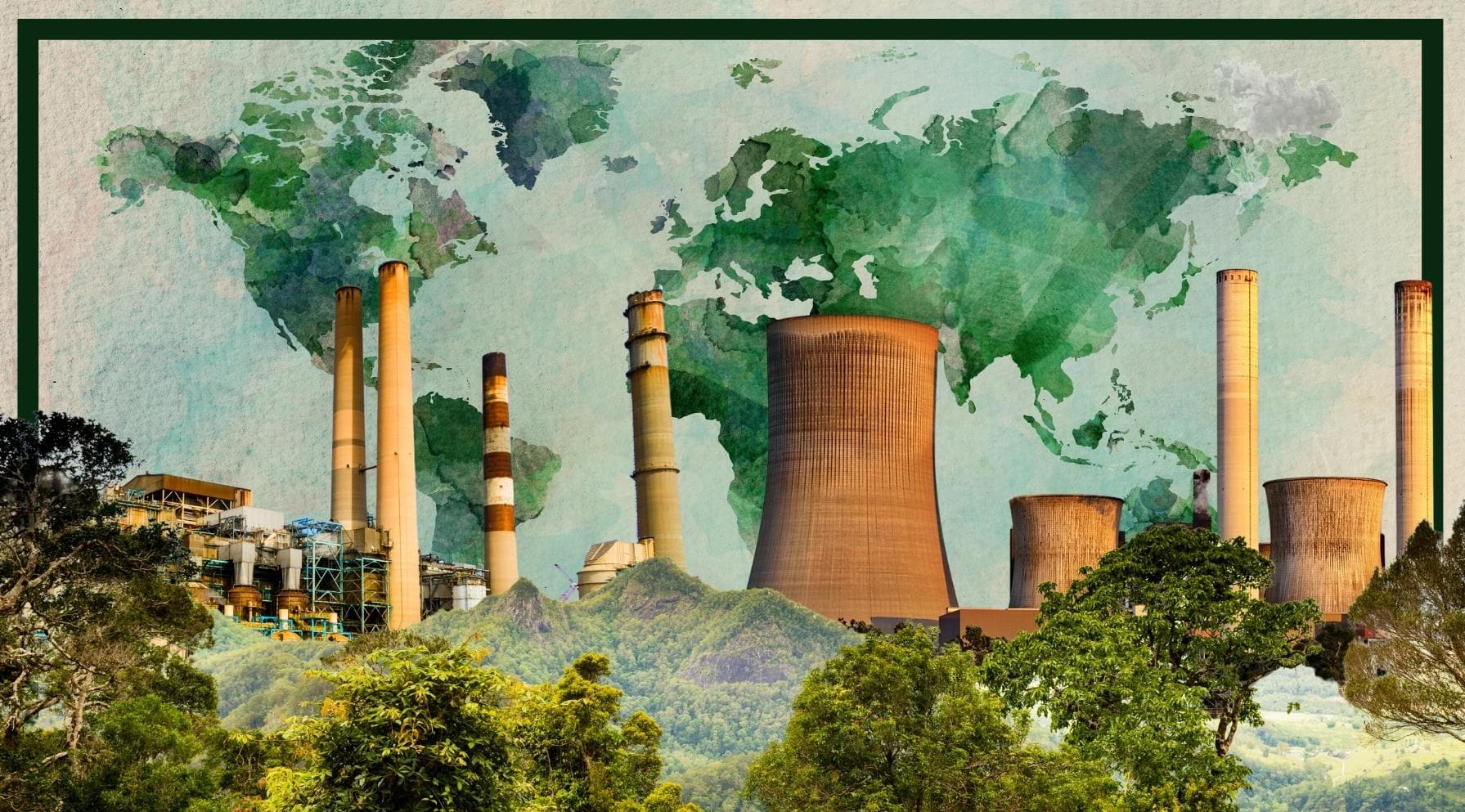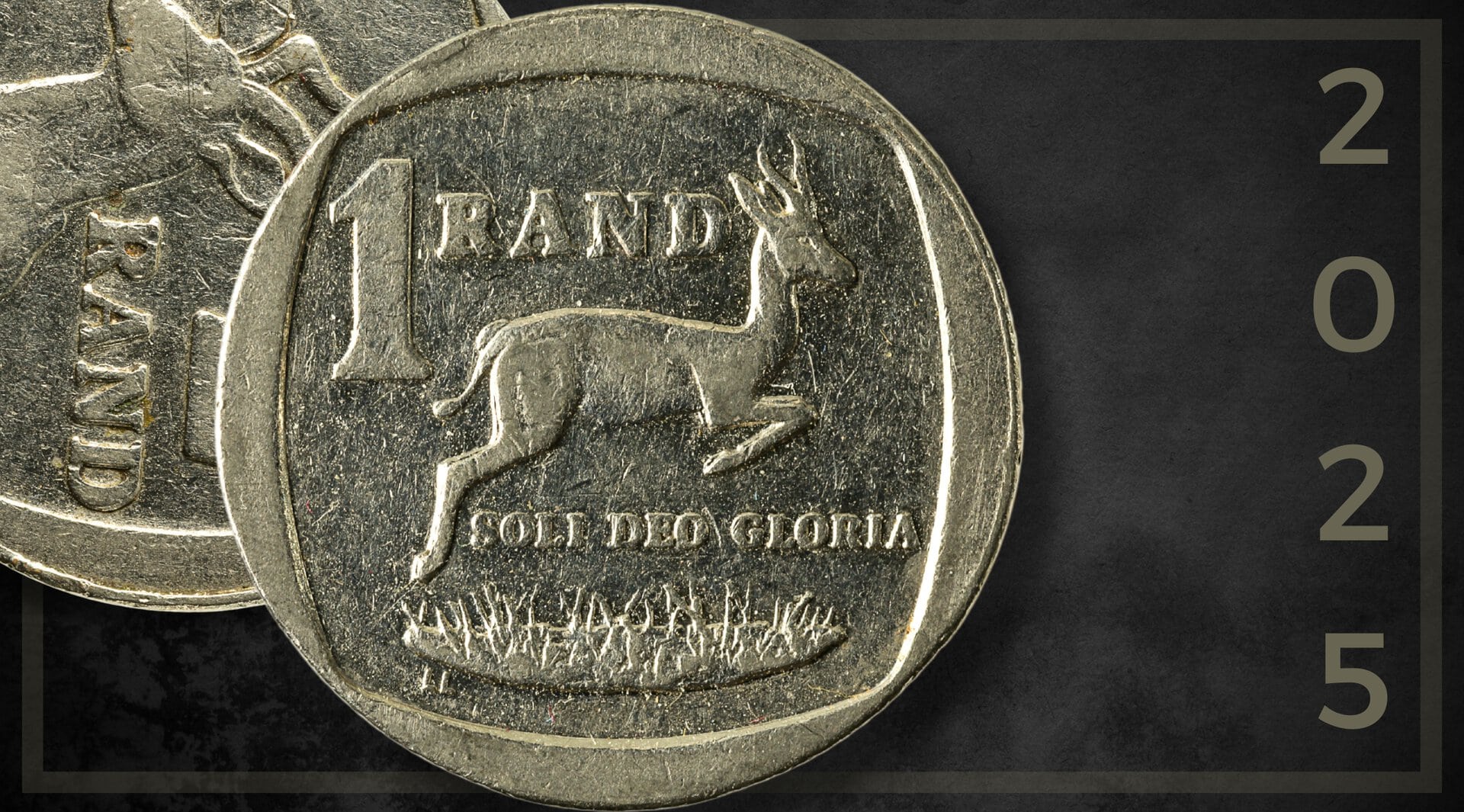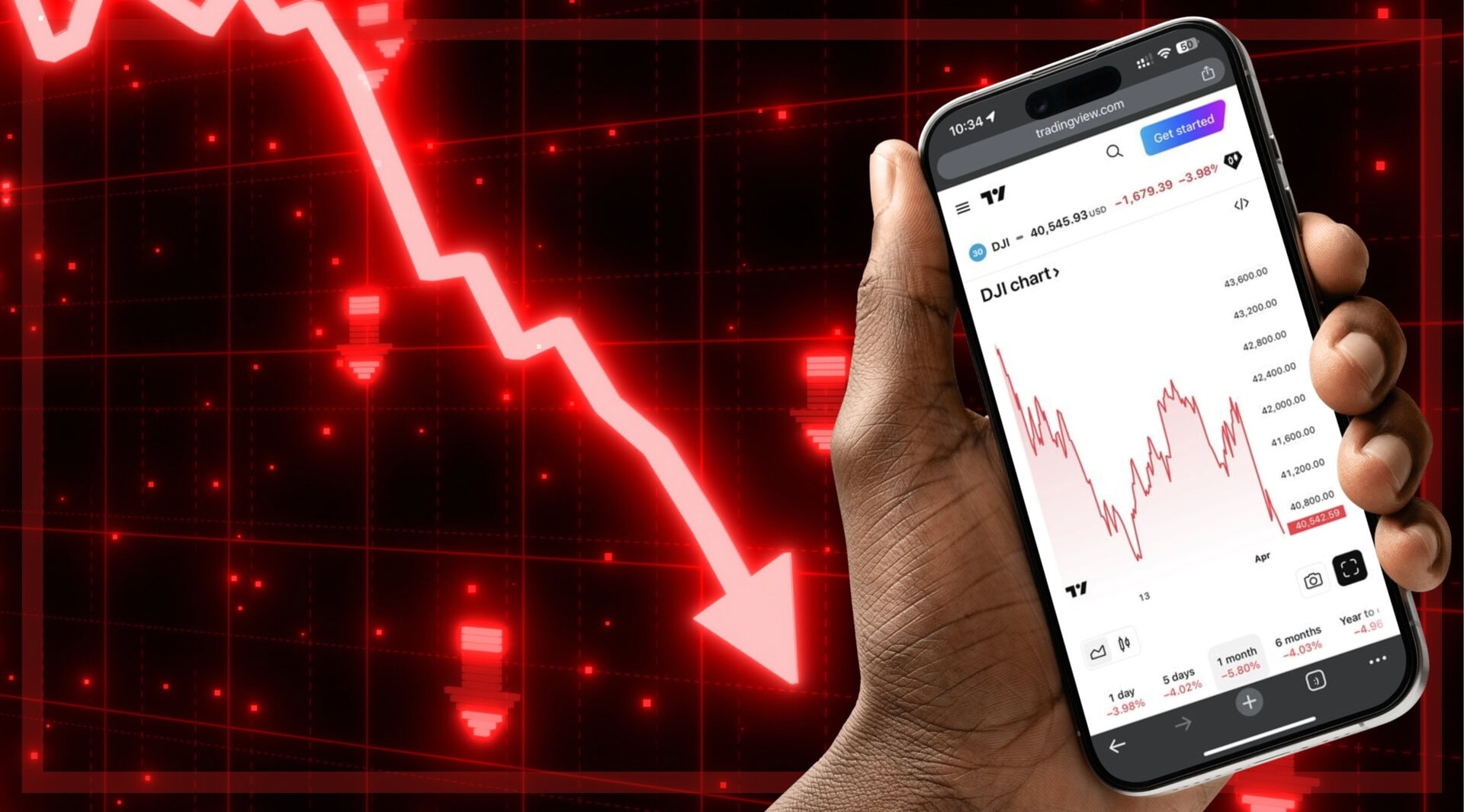By David Whitehouse
The use of “vintage” carbon credits which may be years old as a way to offset current carbon emissions shows its time for corporate citizens to get real on helping to create a net zero world, experts say.
There is now a “paradigm shift” occurring in corporate carbon-reduction strategies, says Derik Broekhoff, senior scientist at the Stockholm Environment Institute in Seattle. Previously, offset of emissions was the main way for companies to make carbon-neutral claims. But now, he says, companies are looking at how emissions can be reduced throughout their value chains.
A core problem is the search for carbon neutrality at corporate level. If this can be done through carbon credits, then the box can be ticked and the claim can be made. The danger, Broekhoff says, is that companies are using carbon credits for projects that would have been implemented anyway. There is no way to be sure that they are paying for carbon reduction over and above what had already been committed to.
For Broekhoff, the concept of corporate carbon neutrality “may have reached its expiry date.” The more important question, he says, is to what extent companies are contributing to global net zero, a target for 2050 which starts from the record-high emissions seen in 2020. Progress can be through strategies such as high-value investments in technology, and active political lobbying to move green policy forward, he says. There is no way for the world to “offset its way out of climate change”.
Carbon-neutrality claims, Broekhoff argues, need to be replaced by “contribution claims.” These need to go further than the “cheap, low-hanging fruit” of planting trees, and embrace strategies such as high-value investments in technology, and active political lobbying to move green policy forward. “I’d like to think that we are close” to achieving that switch, he says.
Best Before
The concept of carbon offsetting was introduced by the Kyoto Protocol in 1997. It aims to tackle the problem posed by the fact that some carbon-intensive industries, for example mining, are essential suppliers of raw materials needed in energy transition.
Former Bank of England governor Mark Carney said in 2020 that the carbon offset market could be worth $100 billion by 2030. That is over-optimistic, according to Trove Research, which predicts a 2030 voluntary market size of between $10 billion and $40 billion.
About 60% to 65% of carbon credits are “vintage” issues that date back years, says Paul DeNoon, director of carbon markets and policy at the Coalition for Rainforest Nations in New York. He questions whether their use to offset current emission can have any beneficial effect.
Carbon markets in some cases have a positive impact and in others are an excuse for greenwashing, DeNoon says. He is encouraged by the progress made at COP 26 and its strong statement on the use of vintages. This was “a clear signal”, he says. “We are getting towards a use-by date.”
Higher Prices Needed
Trove Research argues that the greatest threat to a carbon credit’s environmental integrity is the risk of “non-additionality”, or the risk that a project might have happened even without the revenue from selling the credits. In those cases, Trove says, a project “cannot be said to have reduced emissions beyond those which would have otherwise occurred. The higher the carbon price needed to justify the investment in a project, the more likely it is that the project is truly additional and could only happen with the funding from the carbon credits.”
According to Trove, voluntary carbon credit prices need to increase significantly to deliver the needed climate benefit, with an estimated 2030 range of $20-$50 per tonne. That compares with a current volume weighted average of around $5-$6. Such prices “reflect a combination of historically weak standards of integrity and an over-supply relative to demand,” Trove says. As well as improving market governance and standards, the oversupply of poor quality, historic credits will need addressing. “The longer the current methodologies and standards are in use, the greater the volume of credits they will generate.”
Capture, storage spending
There is some evidence that improvements in carbon capture technology are being supported by carbon credits. Carbon capture is big business already and is set for further growth. Cumulative global service-sector spending on carbon capture and storage (CCS) developments over the next three years is likely to exceed $50 billion, according to Lein Mann Hansen, senior analyst at Rystad Energy in Oslo.
The cash will be spent on services related to the installation of capture units, the transportation of CO2 and storage. Europe and North America will drive spending, with 63 out of the 84 announced commercial CCS projects expected to start operations by 2025, Rystad predicts.
There are currently 56 commercial CCS projects in operation globally, capable of capturing up to 41 million tonnes per annum (tpa) of CO2. Based on already announced projects, nearly 140 CCS plants could be operational by 2025, capturing at least 150 million tpa of CO2, according toRystad predictions. Engineering, procurement, construction and installation costs (EPCI) will be the primary driver. Annual EPCI spending will hit $12 billion in 2025, more than triple the $2.8 billion projected for this year. The growth in Europe is fuelled by high European Union Emissions Trading System (EU ETS) prices, along with favourable carbon policies and support for CCS projects, Rystad says.
Blockchain Potential
There is no inconsistency between cutting a company’s emissions and using high-quality voluntary carbon credits to compensate for residual emissions, says Dana Gibber, co-founder and CEO of Flow Carbon, a climate tech company in New York. “Most corporations will have residual emissions that are necessary for operations even after implementing aggressive reduction measures.”
The potential of Blockchain and crypto tokens to contribute to carbon markets has barely been touched, Gibber says. The current voluntary carbon market is “project-based”, leading to claims that it is “patchy and lacks standardization”, she says. Purchasing is “slow, expensive, inefficient, and often local.”
Gibber argues that Blockchain and Web3 technology offer a unique solution by creating tokens which are constantly tradable on crypto exchanges and instantly accessible to anyone. Such tokens offer price transparency, don’t have minimums, and are backed by offsets from a bundle of corporate-quality carbon credits that do not require extensive research by the buyer. “In some ways,” she says, “this is precisely a form of a global carbon market.”
Milkywire
Emissions trading often lies behind corporate claims of progress towards “carbon-neutral” targets. Far from being a panacea, carbon markets at best can only make a partial contribution to the problem of reducing emissions. The crucial issue, DeNoon argues, is how to remove the economic incentives for rainforest destruction. “We won’t get to net zero if we don’t save the rainforest,” he says. “The tipping points in the Amazon are closer than many people think.”
Greenpeace has argued that rather than simply buying credits to offset emissions, companies should justify on what basis these emissions are unavoidable, and what technological innovations are being pursued to reduce the unavoidable amounts. They should also make clear whether carbon reduction claims are being included in the targets being pursued by other companies or countries to avoid double counting.
Broekhoff argues that the Global North, which has historically been responsible for the bulk of carbon emissions, should, from an equitable point of view, take the brunt of the burden and aim to become carbon negative as quickly as possible, Broekhoff says. This, he adds, should be accompanied by technology transfer to the Global South to enable them to avoid having to rely on fossil fuels.
He points to the start-up Milkywire and its “climate transformation portfolio.” The charitable giving platform was founded by Sweden-based Nina Siemiatkowski and funds projects including forest protection and clean energy. Milkywire says that focusing on impact instead of fulfilling an offset claim opens up the possibility to support solutions with the greatest long-term potential.
David Whitehouse is a freelance journalist in Paris.















